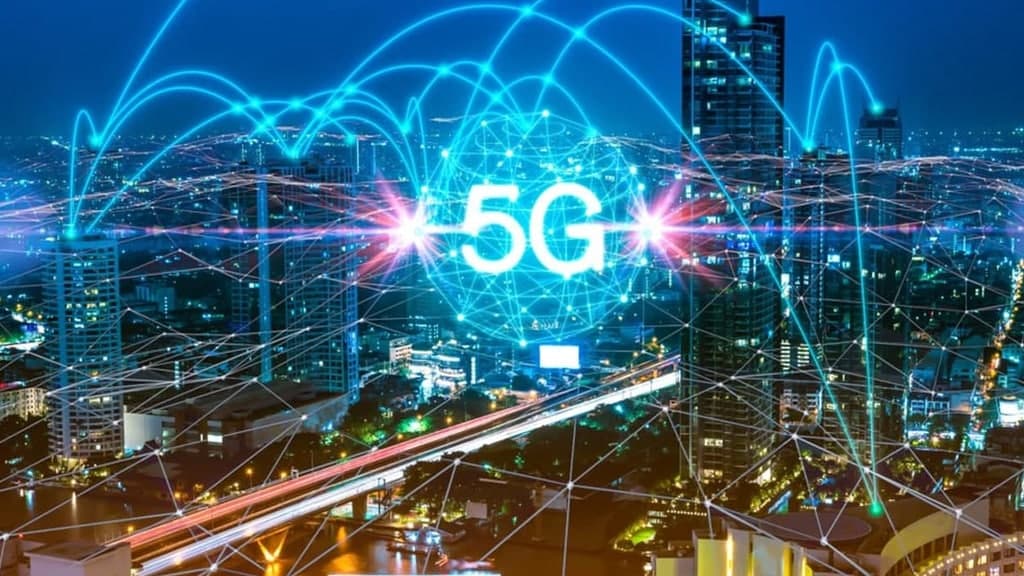News
Huawei’s distributed 5G Massive MIMO technology coordinates with indoor cellular network

In 2021, the Chief Marketing Officer of Huawei’s wireless product line – Gan Bin stated that Huawei will continue to lead in 5G Massive MIMO technology. In the latest development, Huawei is offering to emulate 5G Massive MIMO technology, an evolution of its LampSite Digital Indoor Systems.
Currently, the major mobile operators are busy deploying the 5G Massive MIMO technology to their mobile broadband networks. Meanwhile, Huawei’s distributed 5G Massive MIMO solution coordinates indoor radios to act as one logical cell, a design aimed at conferring multiple benefits and to mimic Massive MIMO’s beefed-up antenna arrays.
The radio units in Huawei’s solution feature 4T4R antenna arrays, but by working in combination, a group of radio units can behave as a “virtual” Massive MIMO array. They mimic the Massive MIMO units deployed in outdoor macrocell networks and leverage the throughput-boosting beamforming capabilities that give Massive MIMO its key value.
According to the information, this 5G solution has already been trialed by multiple operators in various scenarios and submitted the measurable results. The multiple benefits of this technique include:
- Interference mitigation. Addressing the above-mentioned challenge inherent in DISs, there’s less risk of cells interfering with one another when they are more tightly coordinated by a central intelligence function. This gives operators more flexibility in deploying radios and helps the network harness the radios’ combined strength.
- Elastic capacity. Huawei’s solution can increase capacity up to four times that of traditional 4T4R DIS systems, helping operators keep up with increasing 5G capacity demands, including the requirements of new revenue-generating enterprise services.
- Uniform support for AR/VR services. Throughout the service footprint (even at the cell edge, where traditional systems would be vulnerable to interference), users can enjoy data rates above 1 Gbps, enough to support augmented and virtual reality and other applications.
- Reliable data rates. The system’s high data rates are dependable and consistent enough that they can be used for critical, demanding use cases such as the transmission of surveillance videos from several cameras (e.g., for quality control, etc.).
- High availability. The network’s redundancy, from baseband to radio units, helps achieve more than 99.99% availability, needed for critical use cases.

Challenges for operators deploying these indoor networks:
- Operators must tailor their service quality to the distinct needs of different use cases. For example, some use cases require high throughput (e.g., for video) while someplace a higher priority on low latency (e.g., remote-controlled vehicles).
- Capacity needs are ever-rising, and increasing network capacity often requires making changes to on-site infrastructure. Those changes (e.g., feeding new cabling through walls or ceilings) can be costly and difficult for operators, depending in part on the individual attitudes and preferences of each venue owner.
- Compared to 4G, 5G poses more risk of interference between the individual cells created by each solution’s radio unit.
To be mentioned, the operators in five countries have already deployed the 5G Distributed Massive MIMO solution system in a total of more than 1,000 sites including:
- In a Chinese factory, China Mobile found the solution achieved an uplink throughput of 1.2Gbps using 160MHz of spectrum. In addition, when China Mobile used the solution to connect industrial cameras over a 1,000-square-meter area, each camera achieved average uplink throughputs of 80Mbps.
- In a convention center in Dubai, another operator, du, reported downlink throughputs of 2Gbps using 200MHz of the spectrum.
- During China’s National Games in September 2021, China Mobile used Distributed Massive MIMO in the Xi’-an Olympic Sports Center, a 63,000-seat venue. The solution served 400 users and reported throughputs of more than 1Gbps downlink, 82Mbps uplink in effectively one cell.
- That same month, at all nine stations of the Guangzhou Metro train, China Unicom saw single-user peak downlink rates of nearly 1.4 Gbps using Distributed Massive MIMO.
(Source)






